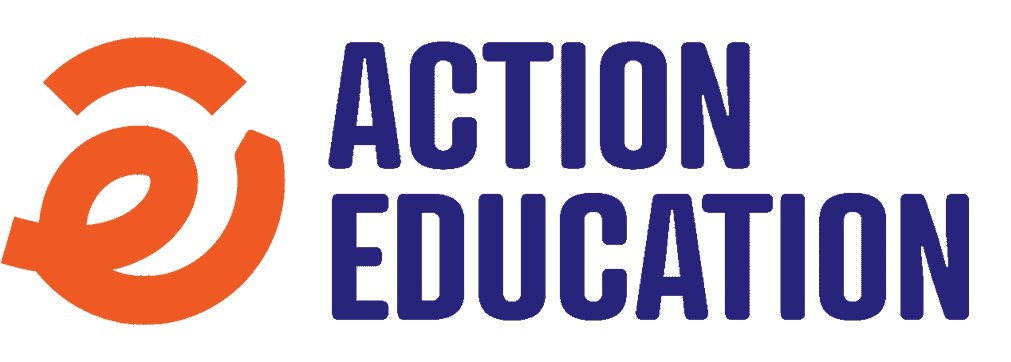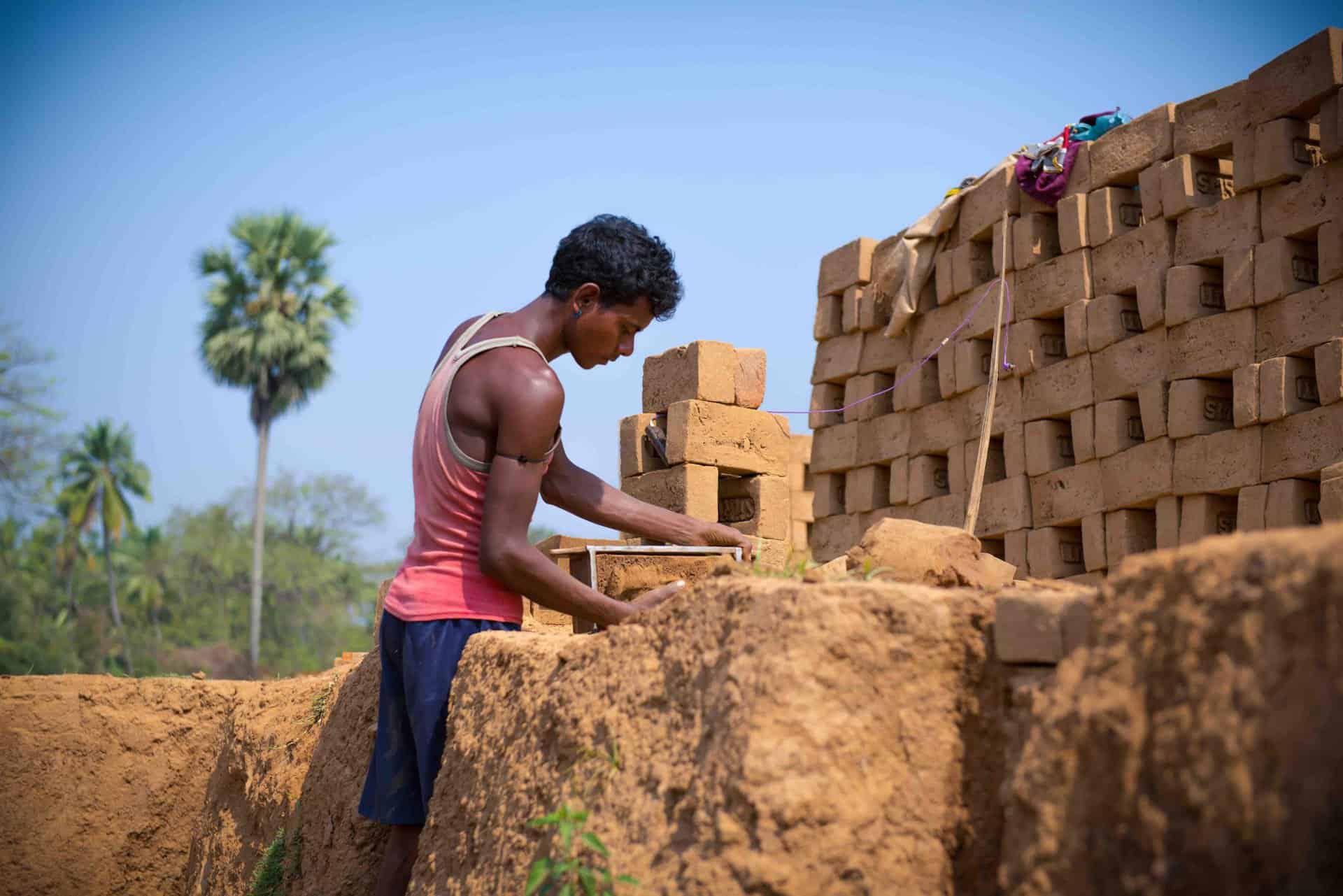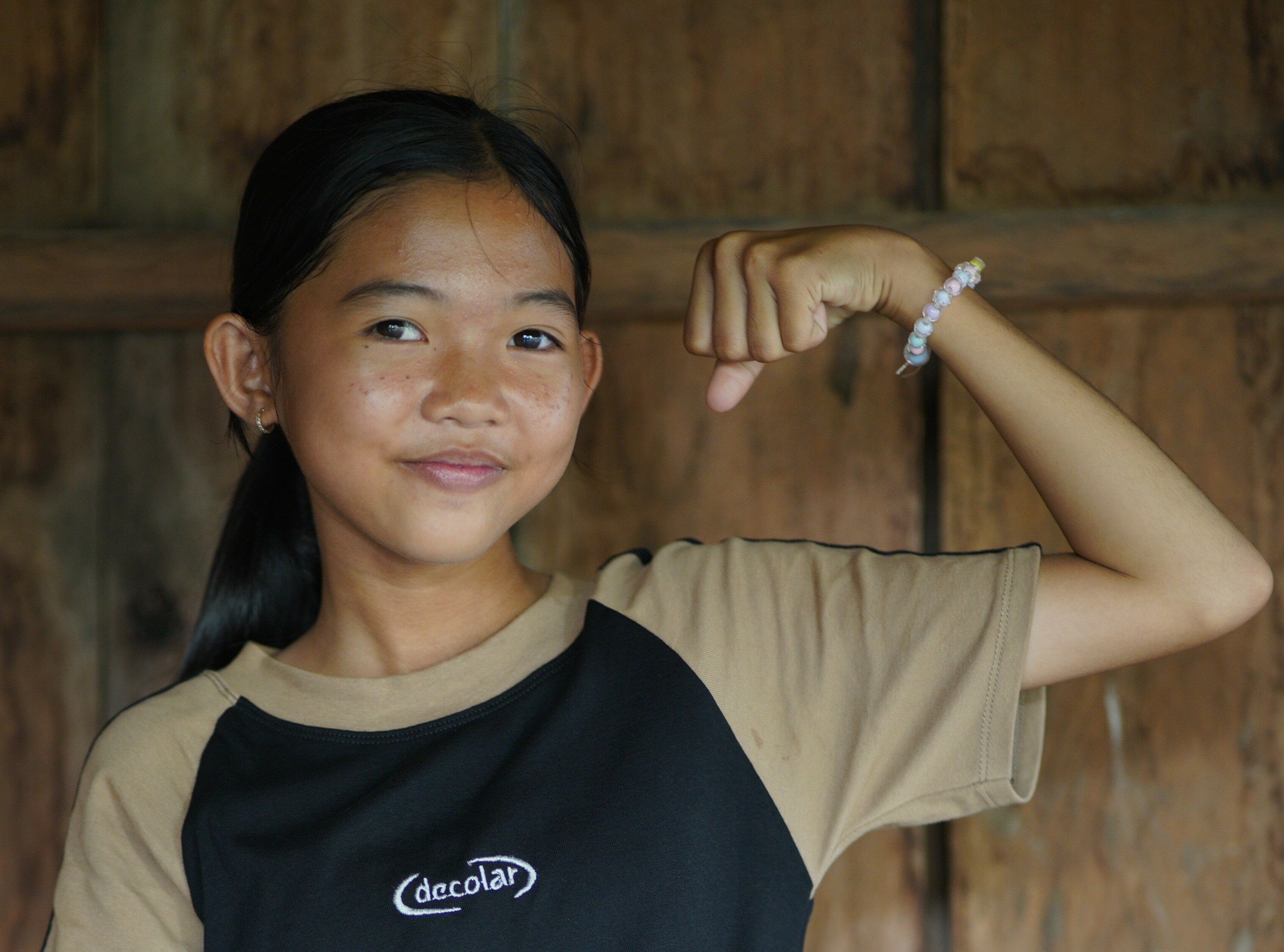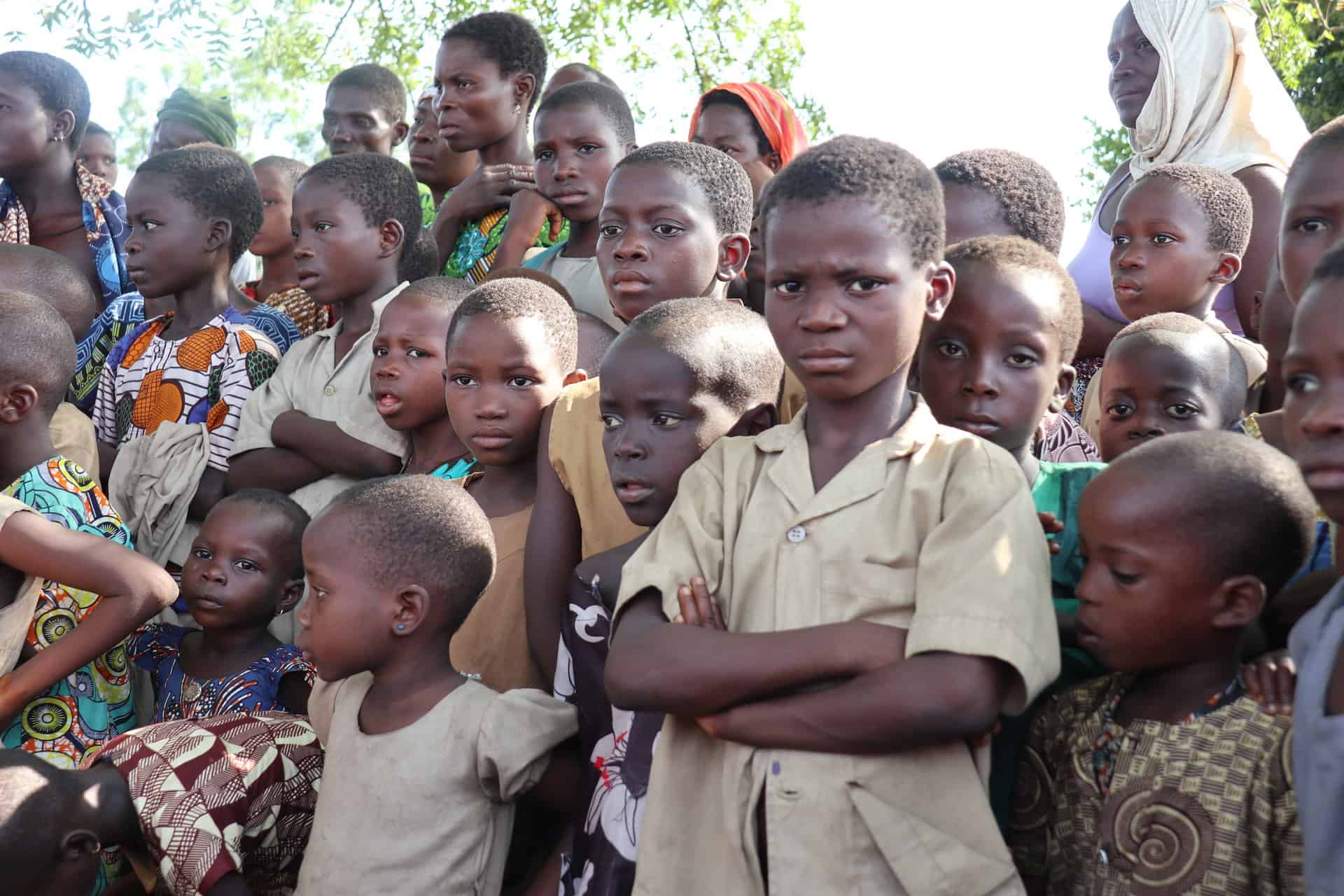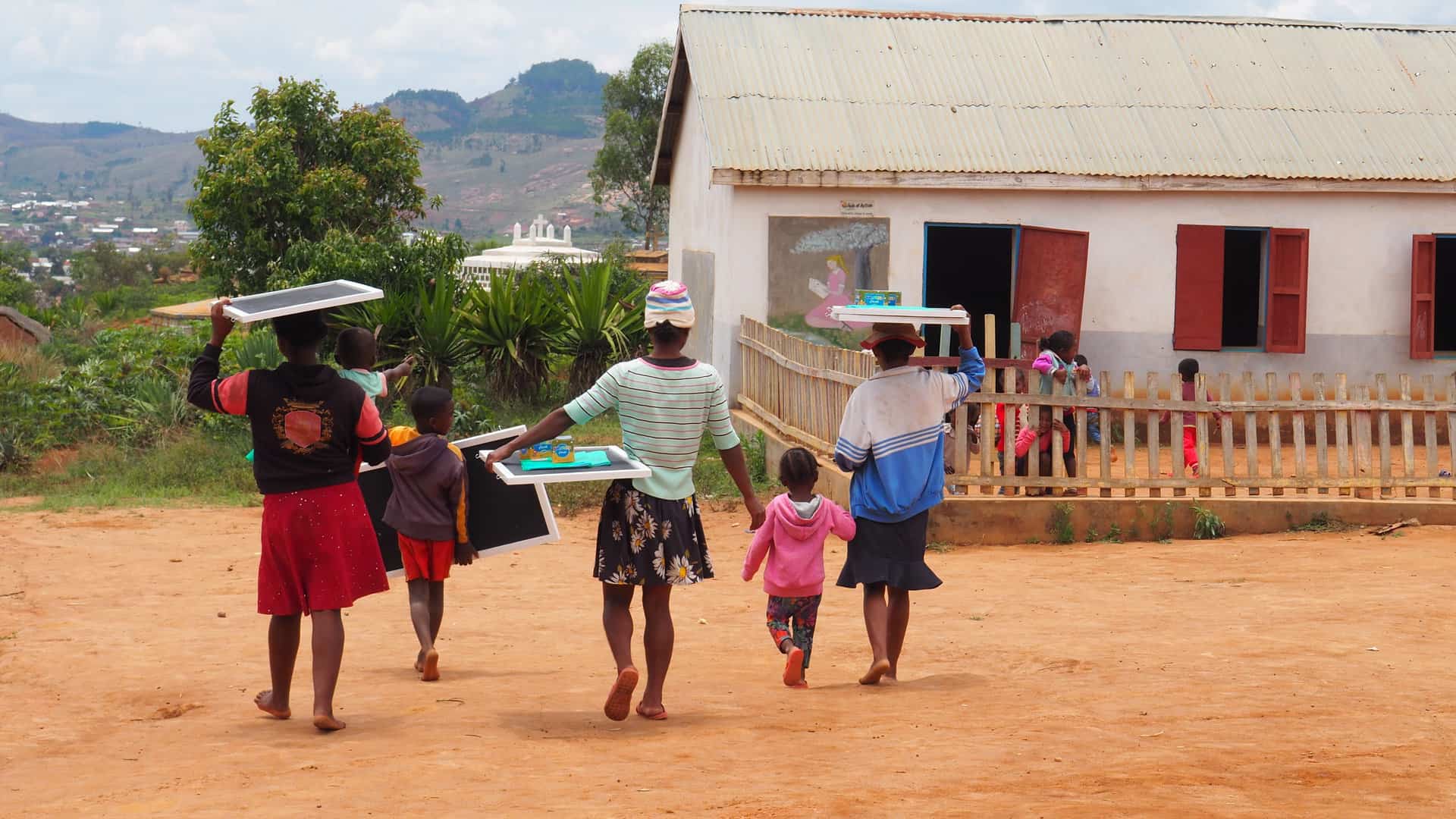Child labour in India

The child labour in India is a persistent problem, with more than 8.3 million working children aged between 5 and 14. Despite constitutional and legal efforts, many Indian children, often from poor backgrounds, start working at an early age to support their families or take over the family business. This situation is contrary to children's rights and raises important questions about the country's development.
By understanding its causes and consequences, and implementing effective strategies, it is possible to make progress towards eliminating it.
Action Éducation is actively working to combating child labour in indiaeThis is a serious violation of children's rights.
The cause of child labour in India
The child labour in India is rooted in a complex set of socio-economic factors. Poverty remains the main cause, forcing families to send their children out to work to support themselves. Other factors include migration, emergencies, the lack of decent work available and difficult living conditions. These factors create an environment where child labour becomes a survival solution, perpetuating a cycle of poverty and illiteracy.
The COVID-19 pandemic exacerbated the child labour situation, leading to a slowdown in global growth, rising unemployment and depriving millions of people of their means of subsistence.
The sectors and regions involved
Child labour in India occurs in a variety of sectors, with agriculture being the worst affected. Children are also employed in manufacturing, domestic service and, in the most extreme cases, sexual exploitation and armed conflict. These sectors, often characterised by dangerous and unhealthy working conditions, exploit the vulnerability of children for economic gain.
The main states in India where the exploitation of children are Bihar, Uttar Pradesh, Rajasthan, Madhya Pradesh and Maharashtra. The silk industry, which is very widespread in these regions, employs a large number of children in extremely difficult working conditions.
The consequences of child labour in India
Child labour has serious repercussions on children's health, education and development. It deprives them of their childhood, exposes them to risks of abuse, exploitation and disease, and limits their future prospects.
In India, girls are particularly vulnerable, being twice as likely to be out of school and to accept domestic work. This situation perpetuates the cycle of poverty that is all too present in India, preventing sustainable socio-economic development.
In addition, the psychological consequences of child labour are often as severe as the physical effects, leading to long-term trauma and mental illness.
Efforts to abolish child labour
To combating child labourIncreased spending on free, quality education is essential. Governments must recognise the scale of the problem and its impact on millions of families and children. Policies must be implemented to offer families activities that enable them to live decently without resorting to child labour, universal social security cover must be put in place, and information campaigns must be stepped up to raise awareness of the dangers of child labour.
Raising public awareness and international cooperation are also essential to sharing good practice and developing effective strategies.
The Indian government has passed several laws to combating child labourThese include the Forced Labour System (Abolition) Act 1976 and the Child Labour (Prohibition and Regulation) Amendment Bill 2016. Committees and institutions have been set up to investigate child exploitation, and rehabilitation projects have been launched since the late 1980s. Despite these laws, the objectives remain difficult to achieve due to cultural and economic factors. For example, the law does not protect children performing domestic or undeclared work, which is common in India. In addition, in almost all industries, the girls' work is often not recognised, making them invisible in the eyes of the law.
Action Education's role in combating child labour
Action Education offers several solutions to combat child labour. These solutions include raising community awareness, developing preventive measures, and supporting families so that their children can go to school rather than being forced to work. The association works to enable vulnerable populations to learn new livelihoods to improve their incomes, and offers scholarships to keep children in school.
In addition to its actions on the ground, Action Education is calling for urgent recognition of the scale of the problem and its impact on millions of families and children. The association is calling on governments to guarantee free, quality education to all children, enabling them to become autonomous and enlightened citizens, capable of obtaining decent paid work.
To find out more about child labour
- Faced with child labour, let's increase spending on free, quality education!
- Combating child labour: why Action Education is asking governments to invest in education?
- Combating child labour: a grassroots battle
- Child labour likely to increase due to COVID-19 pandemic
- Economic crisis in Southeast Asia leads to increased child labour
Sources :
https://www.ilo.org/wcmsp5/groups/public/—ed_norm/—ipec/documents/publication/wcms_800300.pdf
https://www.ilo.org/wcmsp5/groups/public/—dgreports/—dcomm/documents/genericdocument/wcms_865811.pdf
https://action-education.org/face-au-travail-des-enfants-augmentons-les-depenses-pour-une-education-gratuite-et-de-qualite/
https://action-education.org/nos-combats/lutte-contre-travail-des-enfants/
https://www.irenees.net/bdf_fiche-analyse-791_fr.html
https://www.humanium.org/fr/le-travail-infantile-en-inde/
Our news
on the right to education
Going further
Discover our other fights
Want to know more about our advocacy work?
Contact Vanessa Martin Advocacy Officer at Action Education
